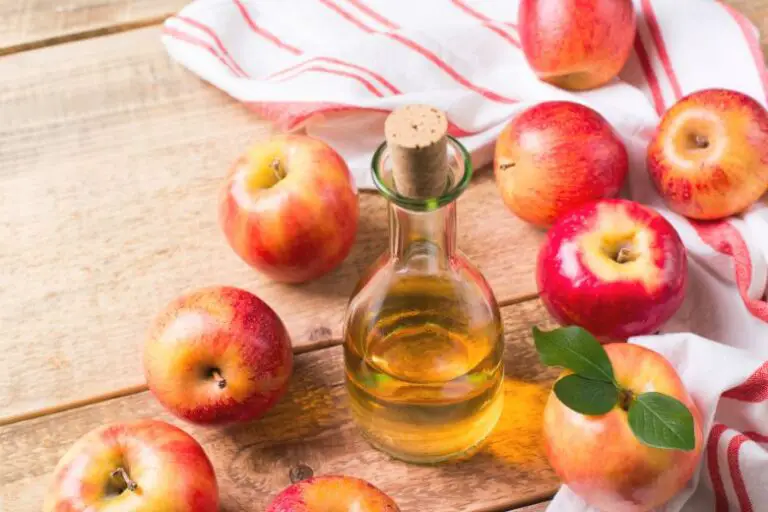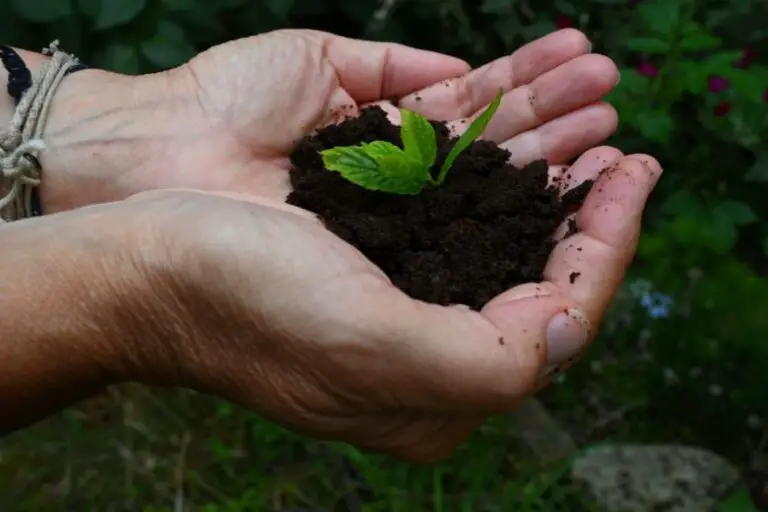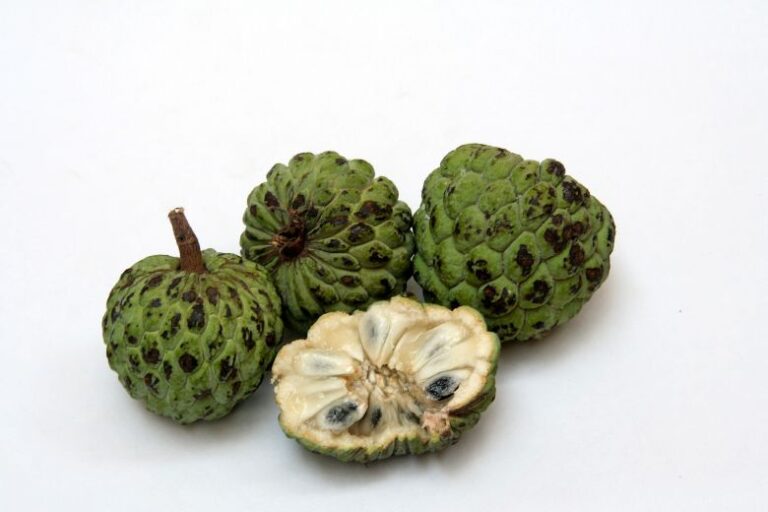Can Custard Apples Cause Allergies in Children
Custard apples, also known as “cherimoya,” are delicious fruits with a creamy, sweet flesh that appeals to both adults and children. They are packed with essential nutrients like Vitamin C, Vitamin B6, and potassium, making them a popular choice for a healthy snack. However, for some children, custard apples may trigger allergic reactions that can range from mild discomfort to severe symptoms.
Nutritional Value of Custard Apples
Before delving into custard apple allergies, let’s explore the nutritional benefits they offer. These tropical fruits are a rich source of antioxidants, dietary fiber, and minerals that support overall well-being. The creamy, custard-like texture and unique flavor make them an enticing treat for children.
Common Allergens in Custard Apples
Custard apples contain various proteins that can act as allergens in susceptible individuals. The primary allergens include seed storage proteins and enzymes. When a child’s immune system mistakenly identifies these proteins as harmful substances, an allergic reaction occurs.
Prevalence of Custard Apple Allergies in Children
Food allergies, including custard apple allergies, have been on the rise among children in recent years. The prevalence of food allergies varies depending on factors such as geographical location, genetic predisposition, and dietary habits.
Causes of Allergic Reactions
Allergic reactions to custard apples result from the immune system’s hypersensitivity to specific proteins present in the fruit. When a child with a custard apple allergy consumes the fruit, their immune system overreacts, releasing histamines and other chemicals that cause allergy symptoms.
Diagnosing Custard Apple Allergies
If parents suspect their child has a custard apple allergy, consulting a healthcare professional is essential. Allergy testing can help identify the specific allergens responsible for the child’s reactions, allowing for appropriate management and prevention.
Management and Prevention
The key to managing custard apple allergies in children lies in avoiding the fruit altogether. Parents should carefully read food labels and educate their children about the potential risks. Additionally, they can substitute custard apples with other fruits that do not trigger allergies.
Living with Custard Apple Allergies
Children with custard apple allergies and their parents may experience anxiety and fear of accidental exposure. Creating a safe environment at home and school can significantly reduce the risk of allergen contact.
Cross-Reactivity with Other Allergens
Children with custard apple allergies might also experience cross-reactivity with other fruits, especially those belonging to the Annonaceae family. Understanding cross-reactivity can help parents identify additional foods to avoid.
Adverse Reactions vs. Allergic Reactions
It’s crucial to differentiate between allergic reactions and other adverse reactions to custard apples. Non-allergic reactions, such as intolerance, may lead to similar symptoms, but they do not involve the immune system.
Promoting Allergy Awareness in Schools and Communities
Educating teachers, peers, and caregivers about custard apple allergies is vital for a child’s safety. Raising awareness and fostering an inclusive environment can help children with allergies thrive in various settings.
Research on Custard Apple Allergies
Ongoing research aims to deepen our understanding of custard apple allergies and develop potential treatments or preventive measures. Researchers are exploring the role of genetics, immunotherapy, and novel diagnostic methods.
FAQs
- What are the common symptoms of custard apple allergies in children?
- Common symptoms include hives, itching, swelling of the lips and tongue, abdominal pain, and difficulty breathing.
- Can custard apple allergies be outgrown?
- While some children may outgrow their custard apple allergies, others may experience lifelong allergies.
- Are there any alternative fruits for children with custard apple allergies?
- Yes, some safe alternatives include apples, pears, berries, and citrus fruits.
- How can parents prepare custard apples to reduce allergens?
- Peeling, cooking, or heat-processing custard apples may reduce allergen levels, but complete avoidance is still the best approach.
- Is it safe to consume custard apples during pregnancy?
- Pregnant women with no known allergies to custard apples can consume them in moderation as part of a balanced diet.
Conclusion
Custard apples are delightful fruits that offer numerous health benefits, but for children with allergies, they can pose a significant risk. Parents, caregivers, and schools play a crucial role in safeguarding children with custard apple allergies. By raising awareness, promoting allergy-friendly practices, and staying informed about the latest research, we can create a safer and more inclusive environment for all children. Remember, early diagnosis and appropriate management are key to helping children with allergies lead healthy and fulfilling lives.







